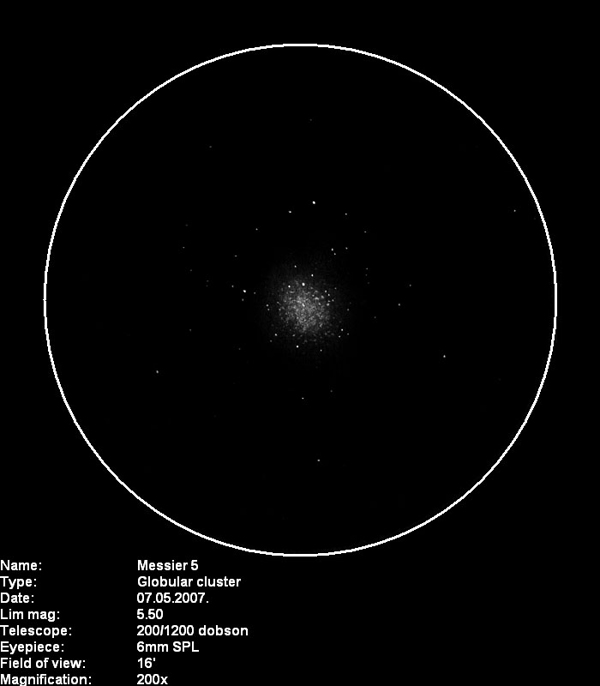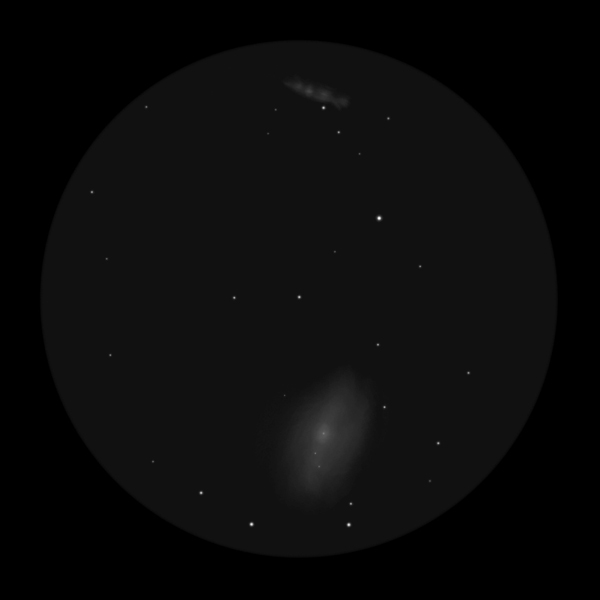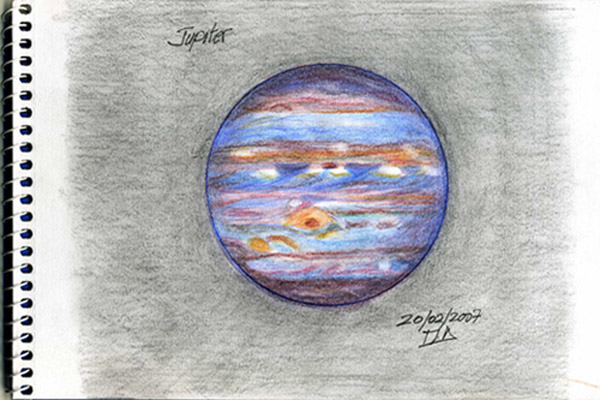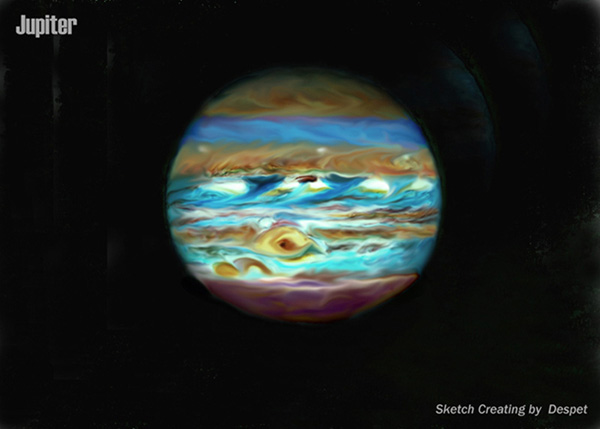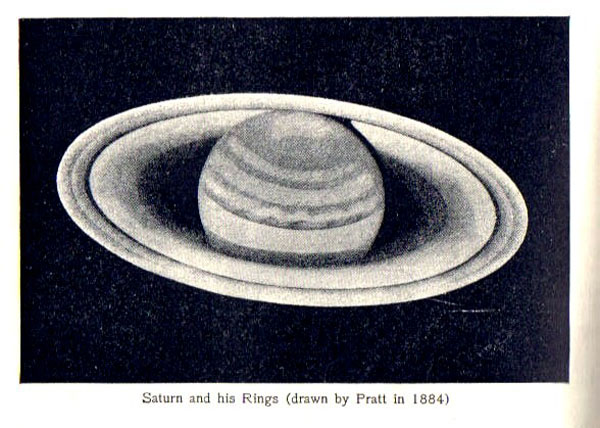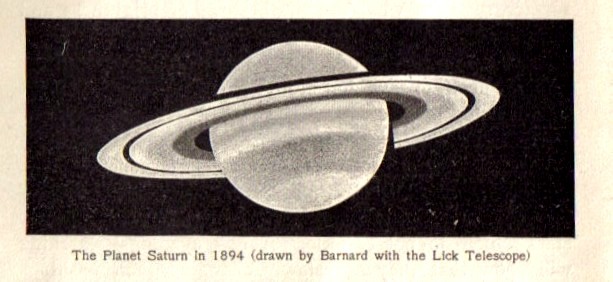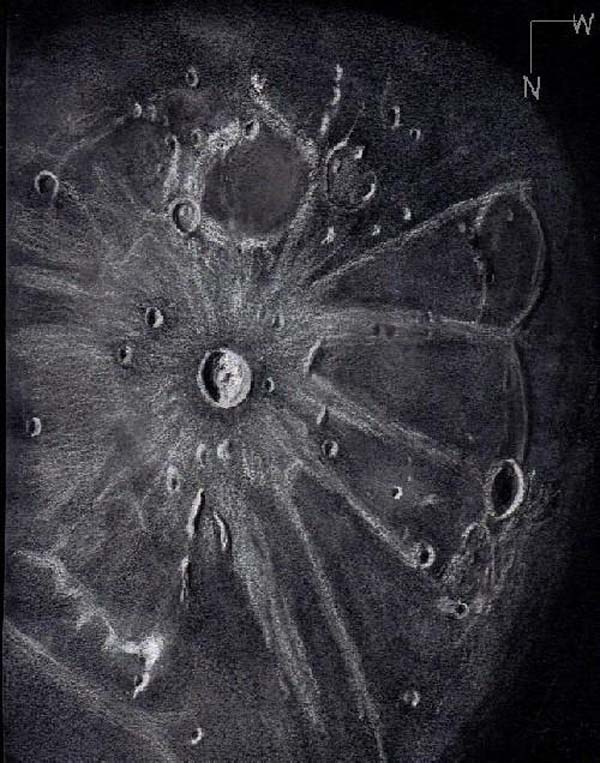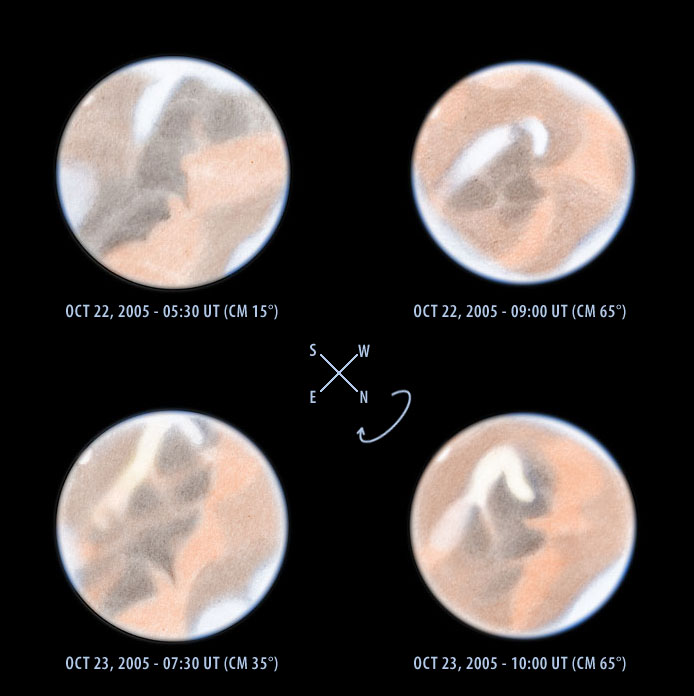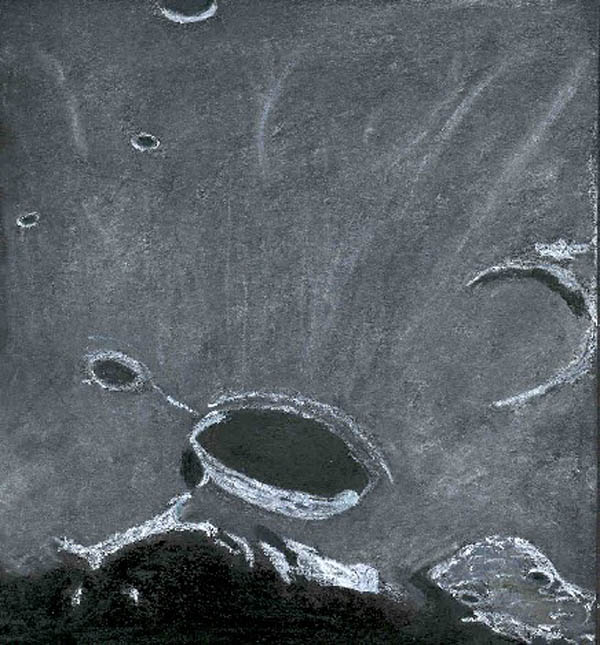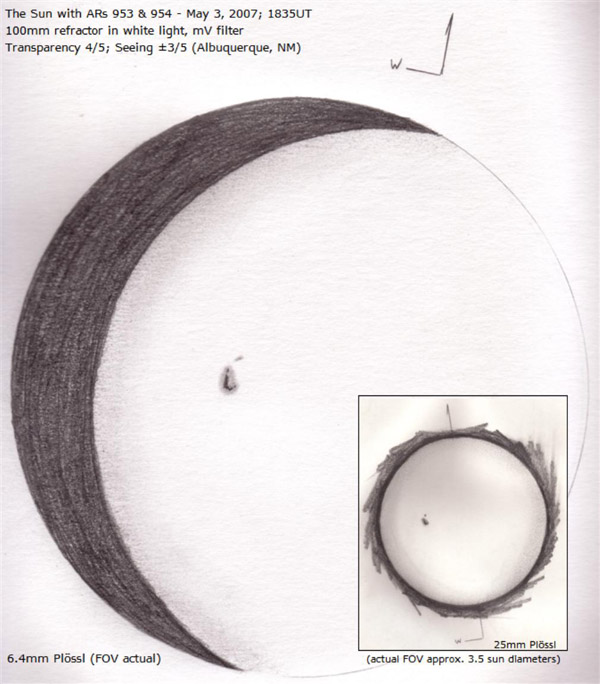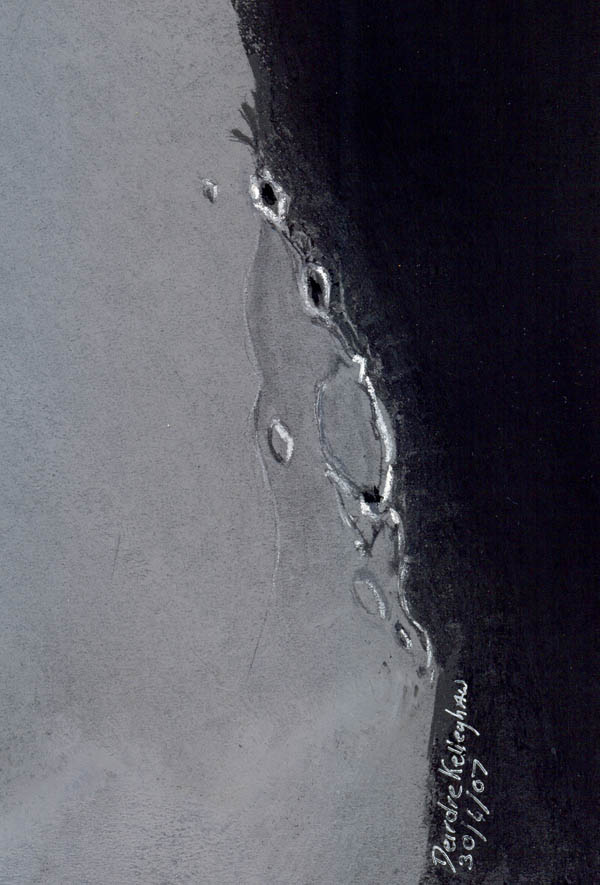
Cardanus, Krafft, Eddington,Seleucus,Briggs, Briggs B, W Oceanus Procellarum
South Telescope build by Grubb Dublin 1868
Fl ? 18Ft 10.7inches/Objective 11.75 inches
Eyepiece? Objective by Cauchoix 1829
Dunsink Observatory Dublin
53° 22′ 60N 6° 19′ 60W
April 30th 2007
20:50UT – 21:57UT
Lunation 13.43 days
Illumination 98%
Seeing 1-2
T poor/hazy
300gm Daler Paper/Daler Soft Pastels/Conte Crayons/ Quilling
needle/Blending stick
I was fourteen years when old I first looked through the South Telescope in Dunsink Observatory. I had pestered my dad to bring me out there, a bit of a long drive in those days, before motorways.
Jupiter was on view that evening, it was crystal clear. The planet must have been quite high as I could look through the Grubb standing up.
I had my own little Tasco scope on a plastic tripod at the time not much to see in it, but the moon always got a look. Ever since I wanted to revisit that moment and look once again through the eyepiece of this well constructed classic telescope. Over the years I paid several visits to the observatory public nights, but always cloud or rain or both.
I got an idea in my head a few months ago, I asked for time to sketch something through the eyepiece this request yielded a positive answer, but it took time to set up.
April 30th 2007 I got a phone call from, let’s say my host in Dunsink “would you like to try tonight”? I was out the door and on the M50 with my gear in less then 10 minutes, an hour’s drive to the Observatory.
I was greeted warmly and the dome was opened, the scope set up, the steps in place.
My position for the next hour and ten minutes was probably the most uncomfortable sketching position in which I had ever worked. I was neither seated or standing, no tracking, and a big telescope to move.
The Grubb was so well balanced, easy to use, a joy to hold, and a privilege to use.
Left alone for the most part I quickly got into my zoned in or zoned out
(depends on your point view) sketching mode.
The eyepiece was low powered generating most likely 125X, used for public viewing, other eyepieces maybe available if I get to repeat this astronomical adventure.
Apart from the difficult sketching position, I felt so at home in Dunsink Observatory, it felt so moreish. Up and down moving the steps, to follow the Moon as she charged along heading for her bed. My concentration waned after an hour, more work to do than in my garden. I was stiff the next morning but I was high as a kite, I got to do something with this instrument made so carefully many years ago in Dublin. A full circle moment in my life, moments that seem to happen with more frequency these days.
In brief periods, when the image was still I could see much more detail and fine tones of grey than in my Dob. Eddington gave me great shapes and that ridge was so so slender, only 2% of the Moon was in darkness and even a little of that was seeping through the blackness into the day.
I admire Arthur Stanley Eddington for his communication prowess during his life.
A poem he wrote came to mind on the way home,
“Oh leave the Wise our measures to collate
One thing at least is certain, light has weight
One thing is certain and the rest debate
Light rays, when near the Sun, do not go straight. “ A.S.Eddington
Apart from this poem being about gravitational lensing, the phrase “light has weight” sticks out to me as an artist. Drawing in the sunlit wall on the western side of Eddington, 138km or so of sunlit weight, which was up till that lunation invisible, non existing until our sun made it so.

